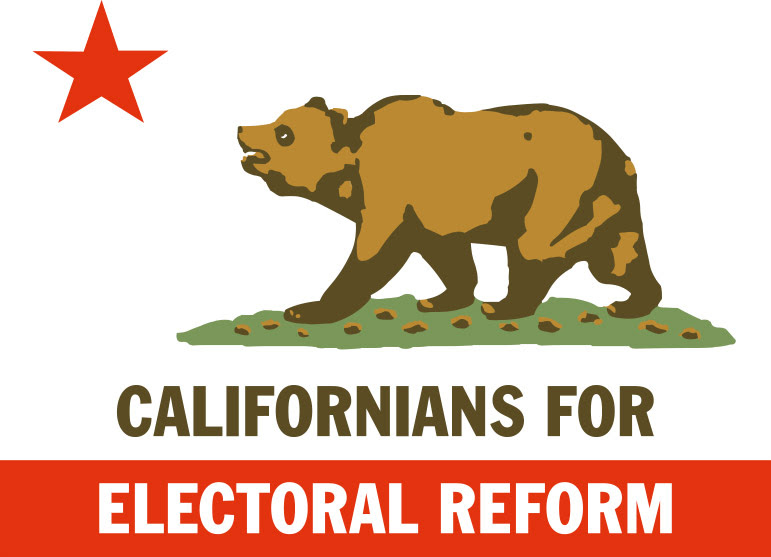Ranked Choice Voting is a transparent, fair, and proven method of voting that solves a number of challenges in California’s politics.
Reduces polarization and negative campaigning
RCV combats polarization — one of the biggest threats to democracy today — because in RCV elections, candidates are incentivized not just to turn out their base, but also to win as many second- and third-choice votes as possible. RCV encourages candidates to form alliances during campaigns, which results in more inclusive policy platforms that appeal to a wider set of voters. Government begins to work differently because with more diverse views you no longer have what one columnist calls “stagnant trench warfare” — you have shifting coalition-building.
It makes your vote matter more
It’s an unfortunate reality that most districts are considered “safe” for one party or the other. While politicians (and the two major parties) like it this way most of the time, it means that many people’s votes simply don’t matter. If you’re conservative but live in a deep blue district, you probably feel like there’s no point in voting. Same goes for liberals in deep red districts. It doesn’t need to be this way. When RCV is combined with multi-member districts, every district becomes a swing district, and therefore each vote is much more important. And it eliminates the problem of gerrymandering and makes voting more representative and fairer.
Gives voters more choice
Too often, to avoid “vote splitting” in which candidates can and do win with very little support, efforts are taken to limit the number of candidates who compete. This limits voters’ choices. In some places, that means a low turnout primary election eliminates most of the candidates; in others it means restrictive ballot access laws keep out challengers; and in others it means that candidates are shamed into staying out the race. Ranked choice voting allows more than two candidates to compete without fear of splitting the vote. As a voter, you don’t have to hold your nose and choose the one person you think is the least worst for fear of “throwing your vote away” on a spoiler candidate. You can vote for who you truly like the most, and rank others who are acceptable to you second, third, etc.
Most elections in the U.S. are plurality elections. RCV is better than plurality in a number of ways:
- Ensures majority rule
RCV builds a majority consensus among cast votes. It may not be a majority of everyone including abstentions. - Eliminates the “spoiler” problem
“Spoiler” candidates or “split votes” would no longer threaten major candidates. The Nader-vs.-Gore and Perot-vs.-Bush dilemmas would not have existed with RCV. - It promotes positive campaigns
With more candidates, and a need to get 2nd- and 3rd-choice votes, attack ads will not pay off. - Boosts voter turnout
Experience has shown that turnout increases when voters have more choices. - Makes votes count
RCV increases the likelihood that one’s vote will be decisive.
RCV is also better than “two-round” runoff or primary elections because:
- Saves money
Election officials and taxpayers don’t have to foot the bill for a second election. - Saves time
Voters do not lose work or family time voting a second election. - It’s decisive
Voters are not let down by an inconclusive first election. - Makes campaigning easier
With RCV, candidates don’t have to raise money for two races. - It’s more accurate
RCV eliminates one candidate at a time, minimizing “spoiler” effects. Voter turnout is high in the decisive election, unlike two-round runoffs.
But, but, but…
- Does RCV require expensive equipment?
No. Many counties in California already have RCV-compatible equipment. Paper RCV ballots are commonly used overseas. - Is RCV too confusing for voters?
Where RCV has been adopted, it has endured for decades, so voters are comfortable with it. It’s one of the simplest voting methods in use. - Does RCV upset the existing power structure?
No, because it still relies on single-winner majority votes. RCV simply measures voters’ will more accurately.
